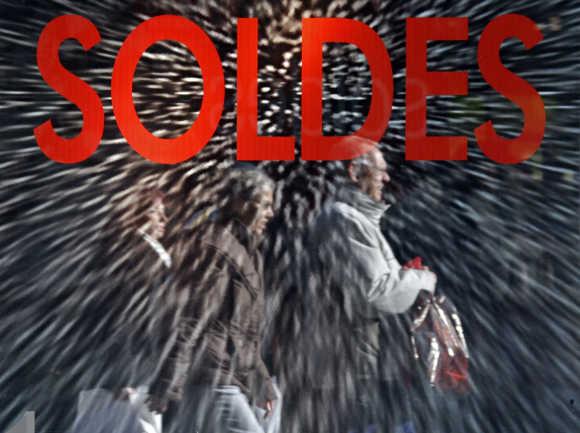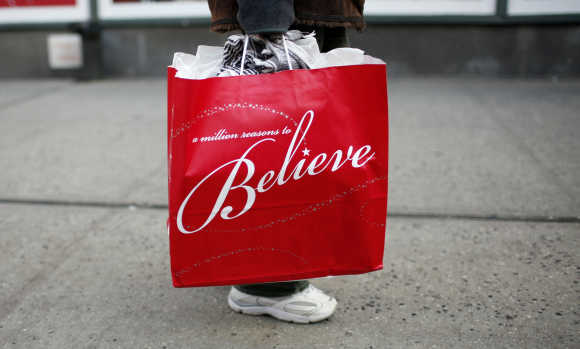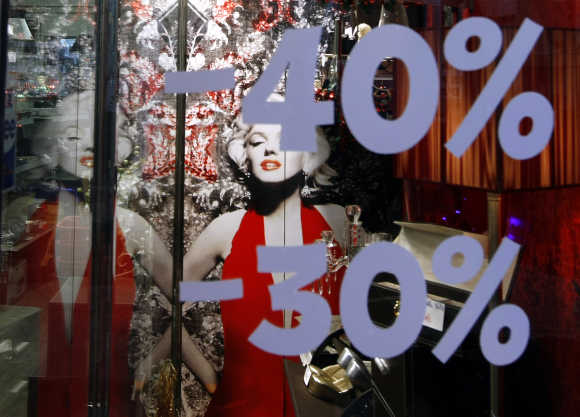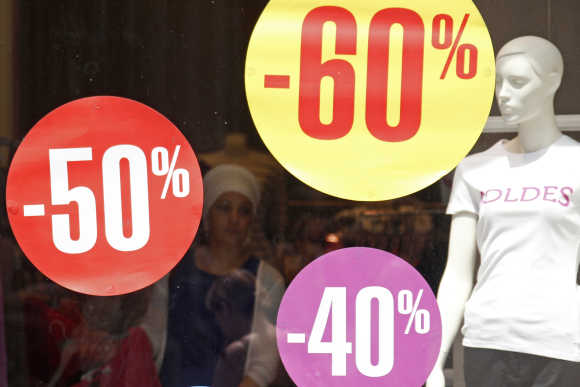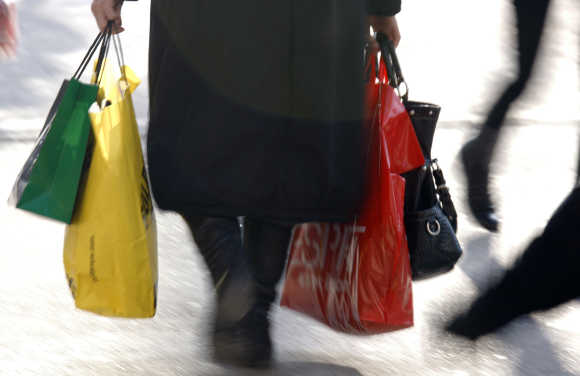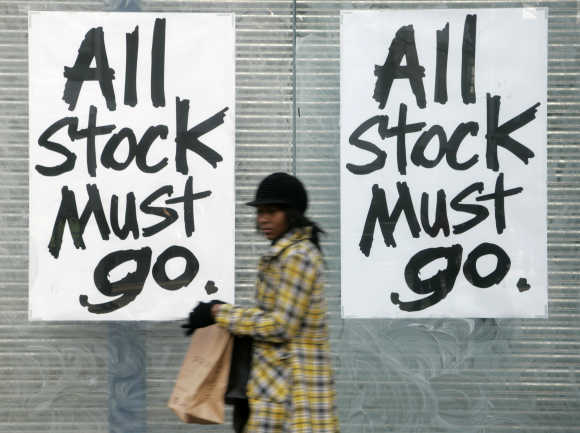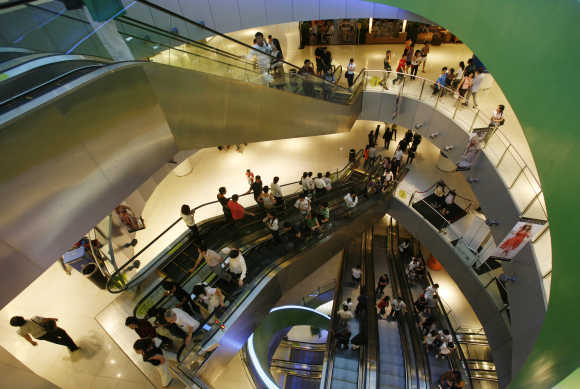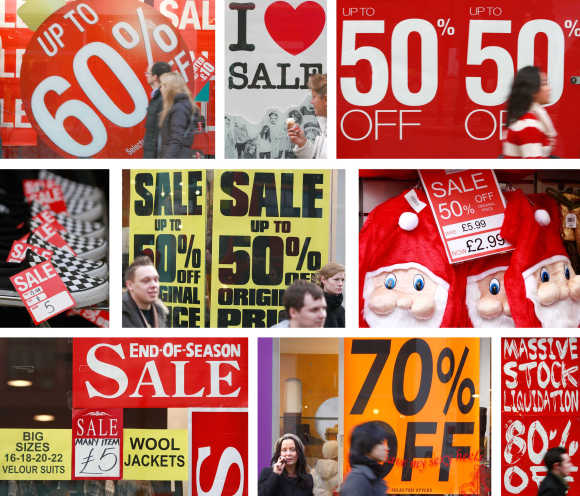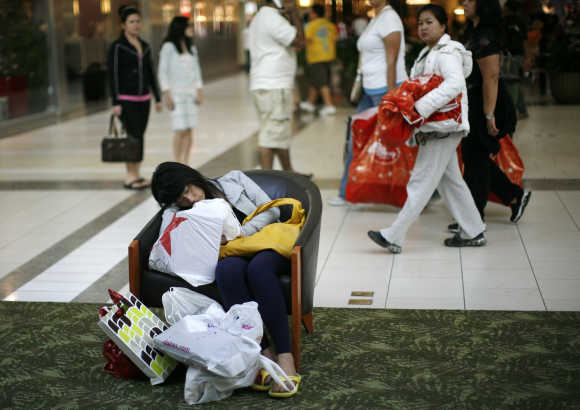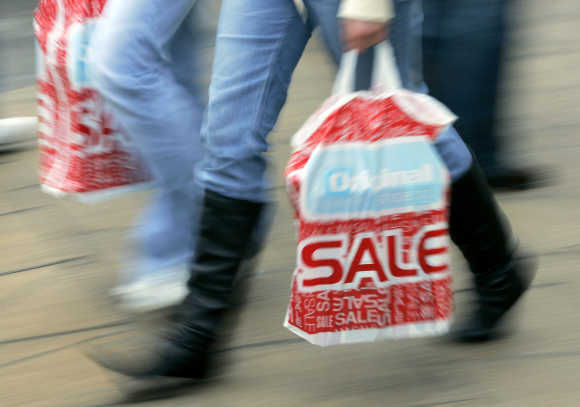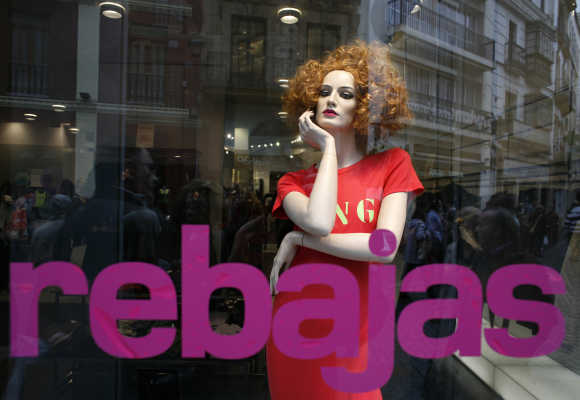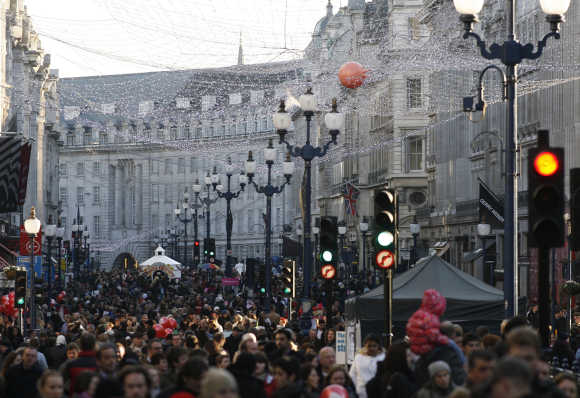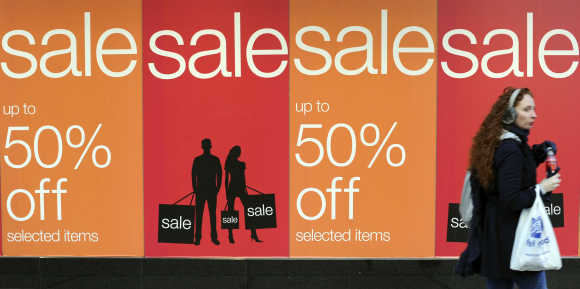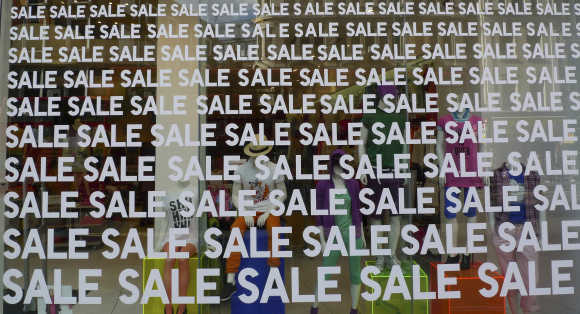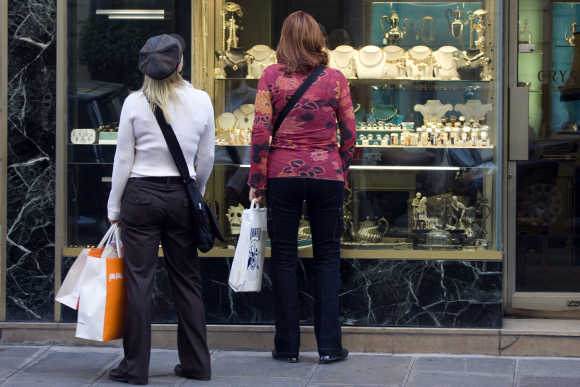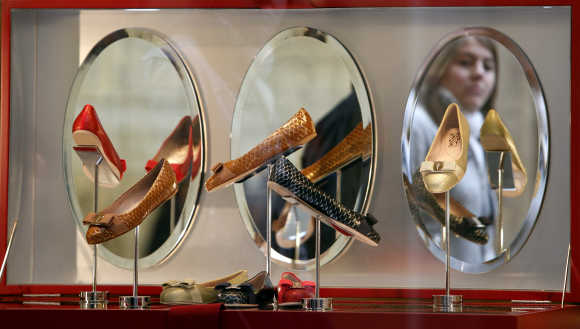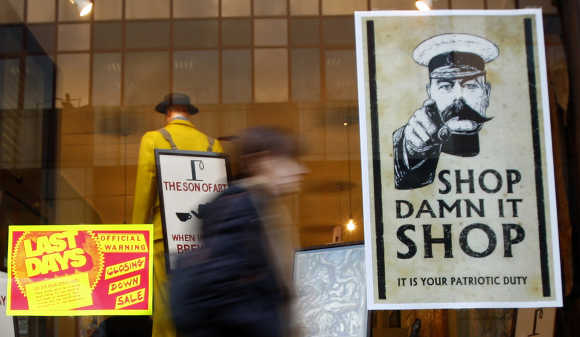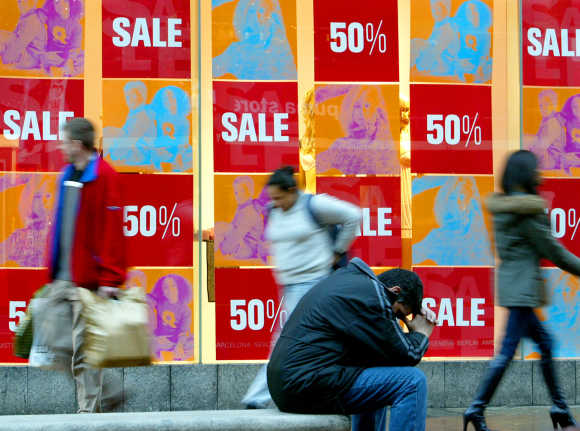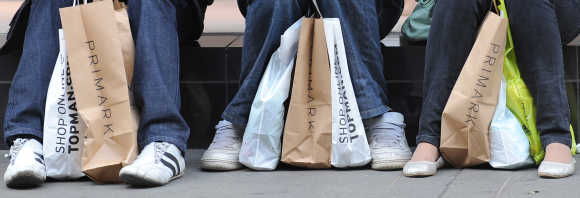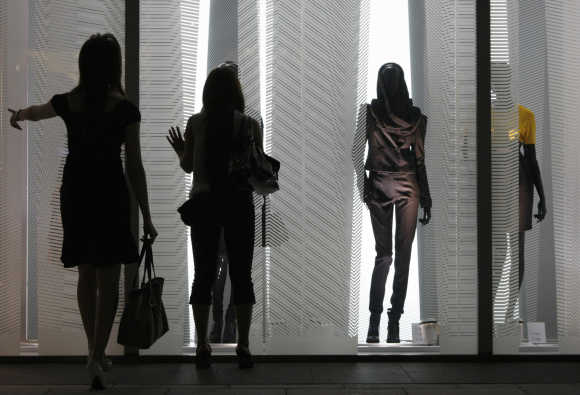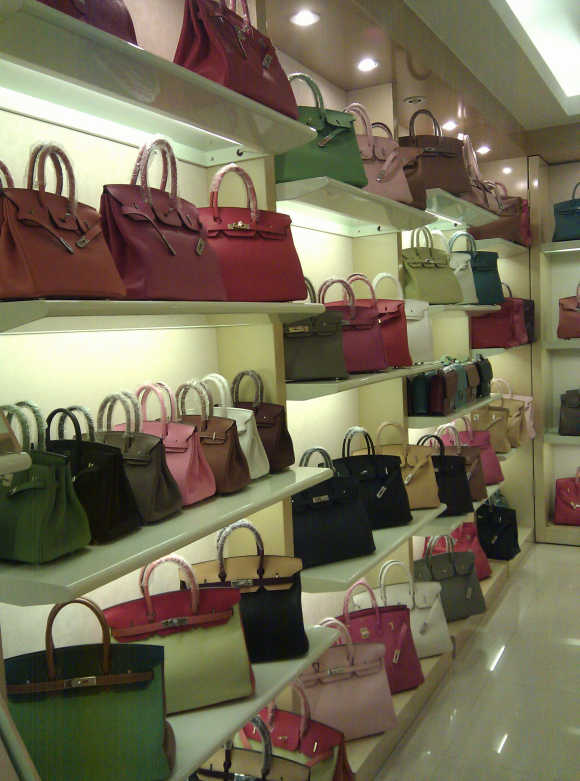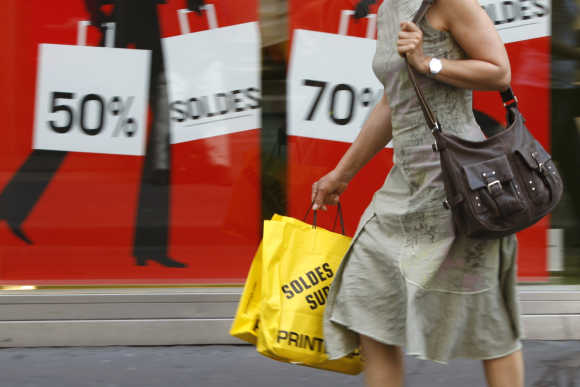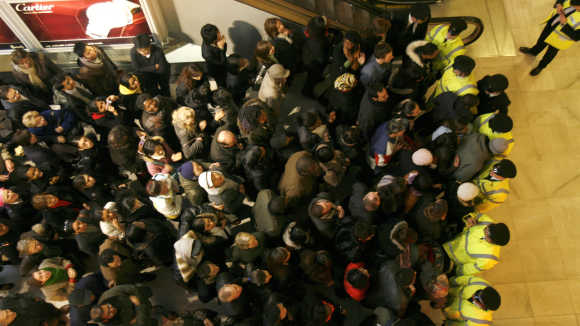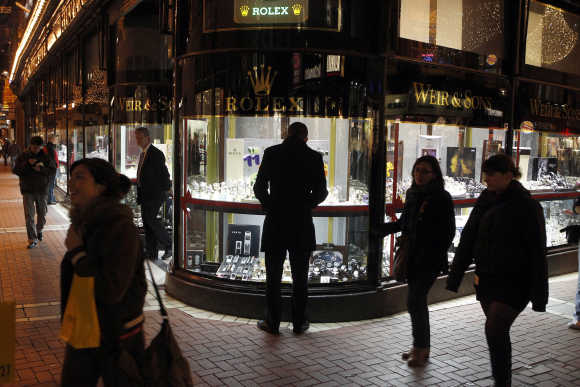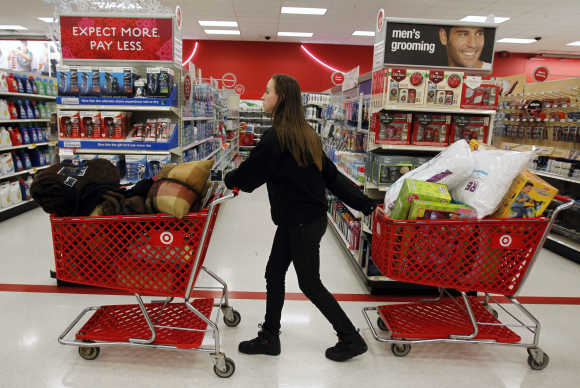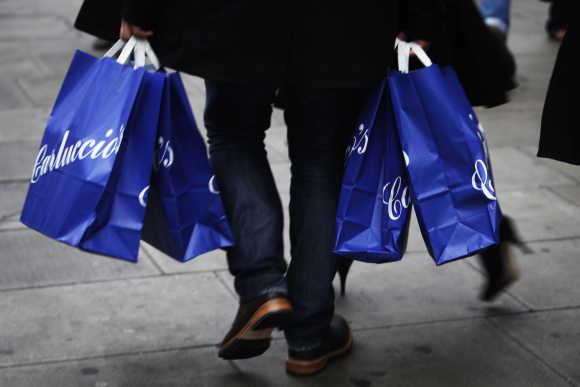 | « Back to article | Print this article |
Amazing images reveal business of shopping
To some people, shopping is considered a recreational and diversional activity in which one visits a variety of stores with a premeditated intent to purchase a product. To others, shopping is a task of inconvenience and vexation.
Let's take a look at how the world shops.
TEXT: Courtesy, Wikipedia
Click NEXT to see more...
Amazing images reveal business of shopping
Fairs and markets have a long history that started when man felt the need to exchange goods. People would shop for goods at a weekly market in nearby towns.
Click NEXT to read more...
Amazing images reveal business of shopping
Then shops began to be permanently established. Shops were specialized , e.g. a bakery, a butchery, a grocer. Then supermarkets appeared.
Click NEXT to read more...
Amazing images reveal business of shopping
Stores are divided into multiple categories of stores which sell a selected set of goods or services. Usually they are tiered by target demographics based on the disposable income of the shopper. They can be tiered from cheap to pricey.
Click NEXT to read more...
Amazing images reveal business of shopping
Many shops are part of a shopping centre that carry the same trademark (company name) and logo using the same branding, same presentation, and sell the same products but in different locations.
Click NEXT to read more...
Amazing images reveal business of shopping
The shops may be owned by one company, or there may be a franchising company that has franchising agreements with the shop owners often found in relation to restaurant chains.
Click NEXT to read more...
Amazing images reveal business of shopping
Various types of retail stores that specialise in the selling of goods related to a theme include bookstores, boutiques, candy shops, liquor stores, gift shops, hardware stores, hobby stores, pet stores, pharmacys, and supermarkets.
Click NEXT to read more...
Amazing images reveal business of shopping
Other stores such as big-box stores, hypermarkets, convenience stores, department stores, general stores, dollar stores sell a wider variety of products not horizontally related to each other.
Click NEXT to read more...
Amazing images reveal business of shopping
Shopping frenzies are periods of time where a burst of spending occurs - typically near holidays in the United States, with Christmas shopping being the biggest shopping spending season, starting as early as October and continuing until after Christmas.
Amazing images reveal business of shopping
Some religions regard such spending seasons as being against their faith and dismiss the practice. Many question the over-commercialisation and the response by stores that downplay the shopping season.
Click NEXT to read more...
Amazing images reveal business of shopping
The pricing technique used by most retailers is cost-plus pricing. This involves adding a markup amount (or percentage) to the retailers' cost.
Another common technique is manufacturers suggested list pricing. This simply involves charging the amount suggested by the manufacturer and usually printed on the product by the manufacturer.
Click NEXT to read more...
Amazing images reveal business of shopping
In Western countries, retail prices are often called psychological prices or odd prices: a little less than a round number, e.g. $6.95.
In Chinese societies, prices are generally either a round number or sometimes some lucky number. This creates price points.
Click NEXT to read more...
Amazing images reveal business of shopping
Often, prices are fixed and price discrimination can lead to a bargaining situation often called haggling, a negotiation about the price. Economists see this as determining how the transaction's total economic surplus will be divided between consumers and producers.
Neither party has a clear advantage because the threat of no sale exists, in which case the surplus would vanish for both.
Click NEXT to read more...
Amazing images reveal business of shopping
A shopping mall, shopping centre, shopping arcade, shopping precinct or simply mall is one or more buildings forming a complex of shops representing merchandisers, with interconnecting walkways enabling visitors to easily walk from unit to unit, along with a parking area - a modern, indoor version of the traditional marketplace.
Click NEXT to read more...
Amazing images reveal business of shopping
Modern "car-friendly" strip malls developed from the 1920s, and shopping malls corresponded with the rise of suburban living in many parts of the Western World, especially the United States, after World War II.
Click NEXT to read more...
Amazing images reveal business of shopping
From early on, the design tended to be inward-facing, with malls following theories of how customers could best be enticed in a controlled environment.
Click NEXT to read more...
Amazing images reveal business of shopping
Similar, the concept of a mall having one or more "anchor" or "big box" stores was pioneered early, with individual stores or smaller-scale chain stores intended to benefit from the shoppers attracted by the big stores.
Click NEXT to read more...
Amazing images reveal business of shopping
In most of the places the term shopping centre is used, especially in Europe, Australia and South America; however shopping mall is also used, predominantly in North America and the Philippines.
Click NEXT to read more...
Amazing images reveal business of shopping
In North America, the term shopping mall is usually applied to enclosed retail structures (and is generally abbreviated to simply mall), while shopping centre usually refers to open-air retail complexes; both types of facilities usually have large parking lots, face major traffic arterials and have few pedestrian connections to surrounding neighbourhoods.
Click NEXT to read more...
Amazing images reveal business of shopping
Shopping centres in the United Kingdom can be referred to as shopping centres or shopping precincts. The standard British pronunciation of the word mall rhymes with pal, as in The Mall, London - the tree-lined avenue leading to Buckingham Palace, London.
Click NEXT to read more...
Amazing images reveal business of shopping
Mall can refer to either a shopping mall - a place where a collection of shops all adjoin a pedestrian area - or an exclusively pedestrianised street that allows shoppers to walk without interference from vehicle traffic.
Click NEXT to read more...
Amazing images reveal business of shopping
Mall is generally used in North America to refer to a large shopping area usually composed of a single building which contains multiple shops, usually "anchored" by one or more department stores surrounded by a parking lot.
Click NEXT to read more...
Amazing images reveal business of shopping
The term arcade is more often used, especially in Britain, to refer to a narrow pedestrian-only street, often covered or between closely spaced buildings.
Click NEXT to read more...
Amazing images reveal business of shopping
The majority of British shopping centres are located in city centres, usually found in old and historic shopping districts and surrounded by subsidiary open air shopping streets.
Click NEXT to read more...
Amazing images reveal business of shopping
The MetroCentre, in Gateshead (near Newcastle upon Tyne), is the largest shopping centre in Europe with over 330 shops, 50 restaurants and an 11 screen cinema and Westfield London is the largest inner-city shopping centre in Europe.
Click NEXT to read more...
Amazing images reveal business of shopping
Bullring, Birmingham, is the busiest shopping centre in the United Kingdom welcoming over 36.5 million shoppers in its opening year.
Click NEXT to read more...
Amazing images reveal business of shopping
In Hong Kong, the term "shopping centre" is the most frequently used, and the name of a shopping centre in Hong Kong usually contains the word "centre" or "plaza".
Click NEXT to read more...
Amazing images reveal business of shopping
The same is true for Portuguese-speaking Brazil, though with American spelling shopping center.
Click NEXT to read more...
Amazing images reveal business of shopping
The largest mall ever is South China Mall in Dongguan, China with gross floor area of 9,600,000 sq ft. The world's second-largest shopping mall is the Golden Resources Mall in Beijing, China with gross floor area of 7,300,000 sq ft.
Click NEXT to read more...
Amazing images reveal business of shopping
The SM City North EDSA in the Philippines, which opened in November 1985, is the world's third-largest at 5,000,000 sq ft of gross floor area, and SM Mall of Asia in the Philippines, opened in May 2006, is the world's fourth largest at 4,150,000 sq ft of gross floor area.
